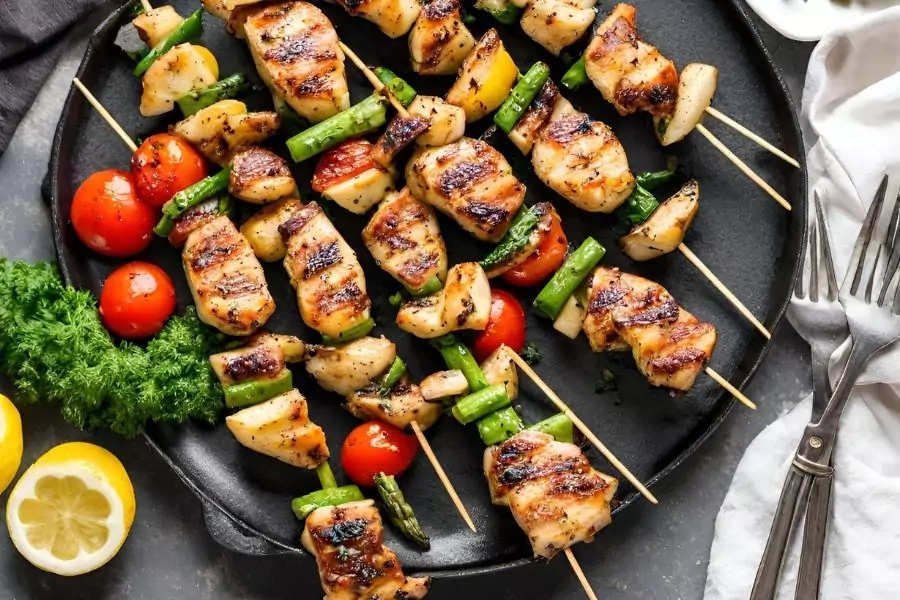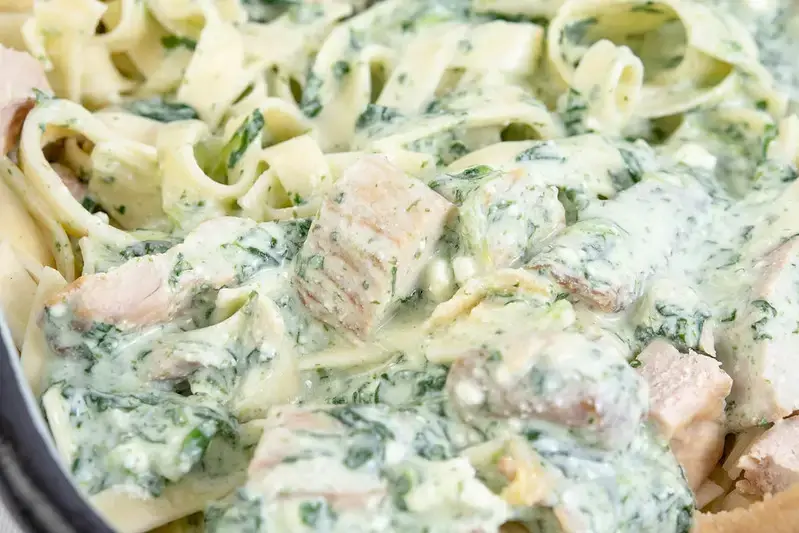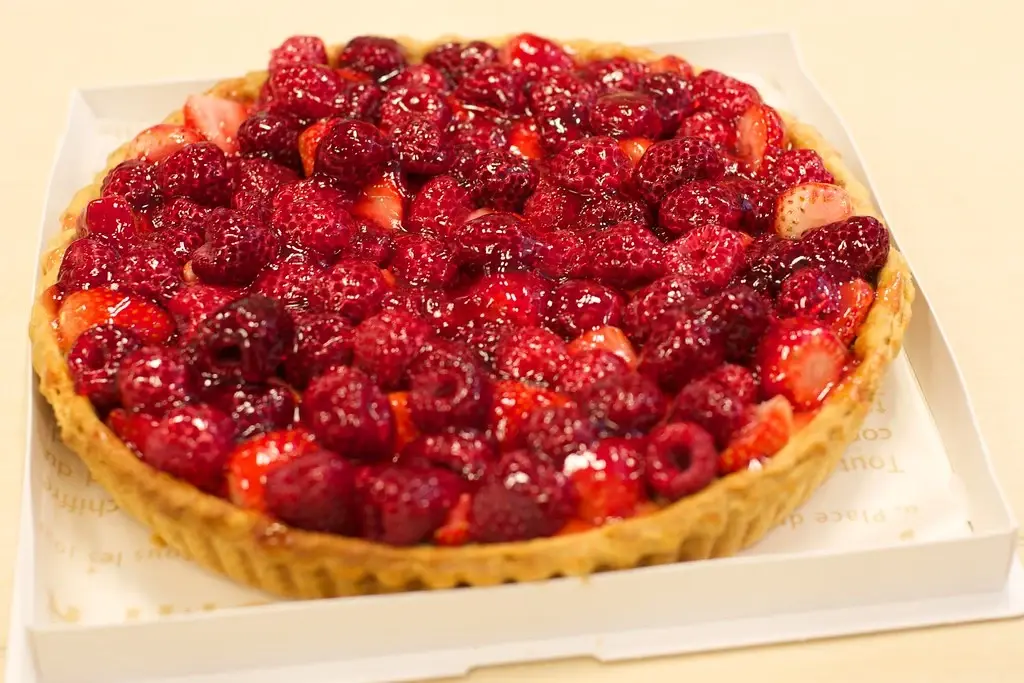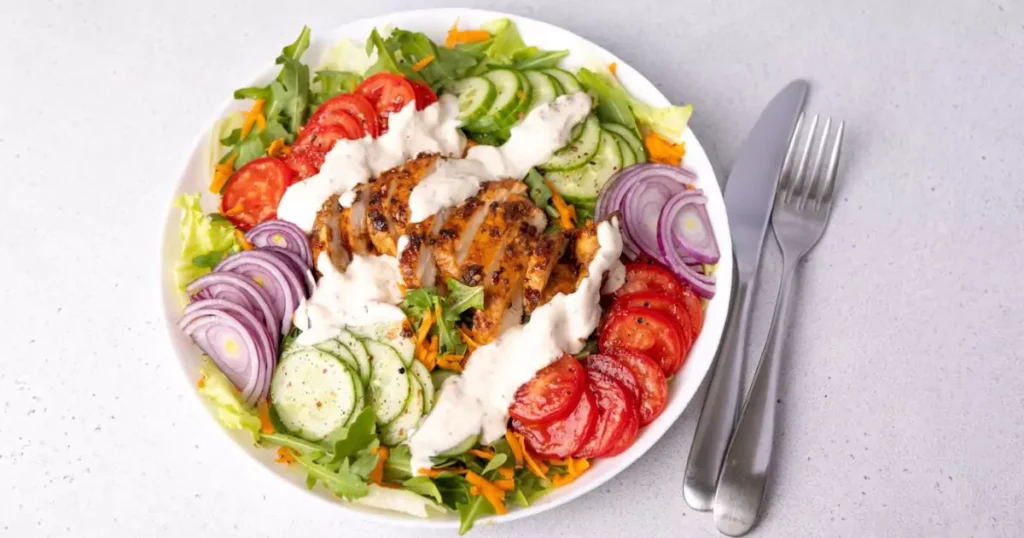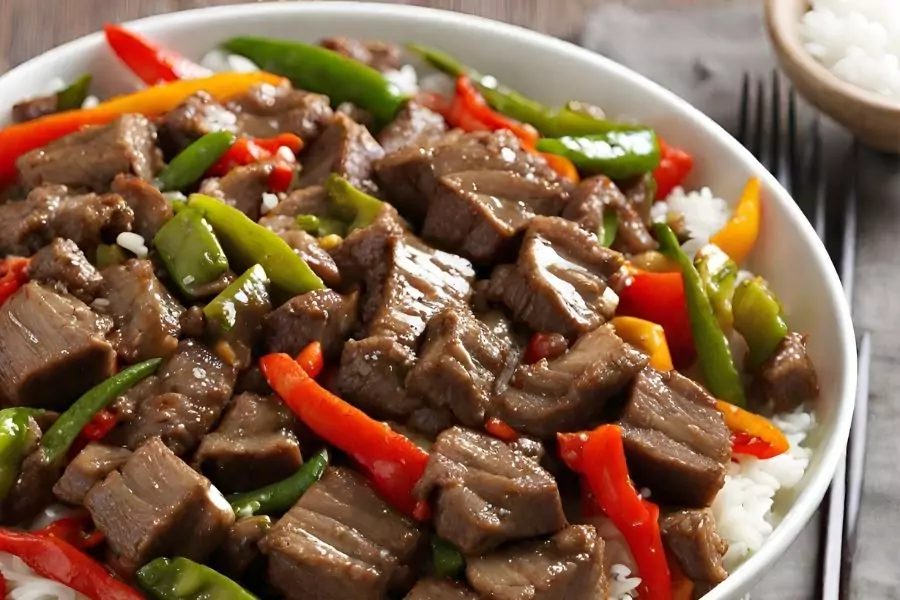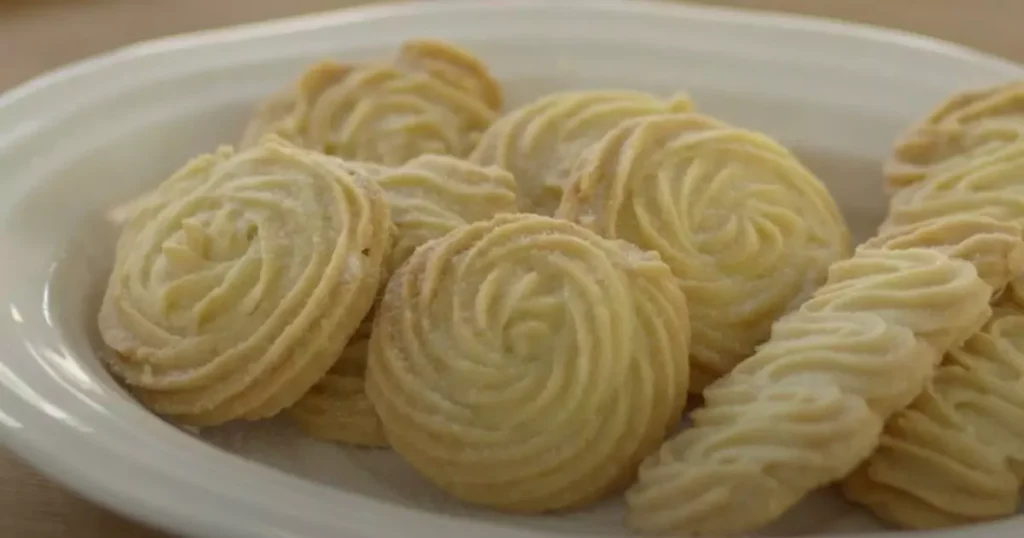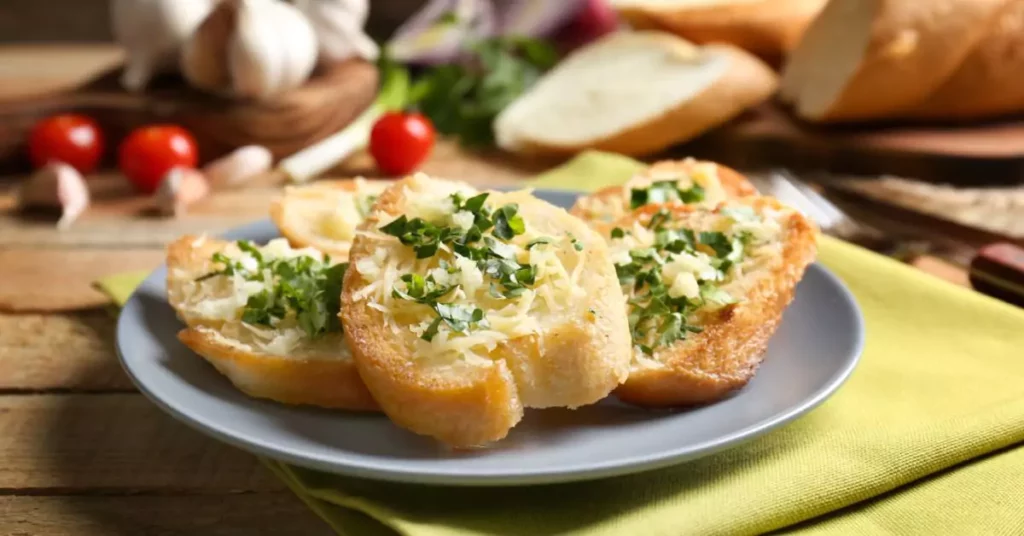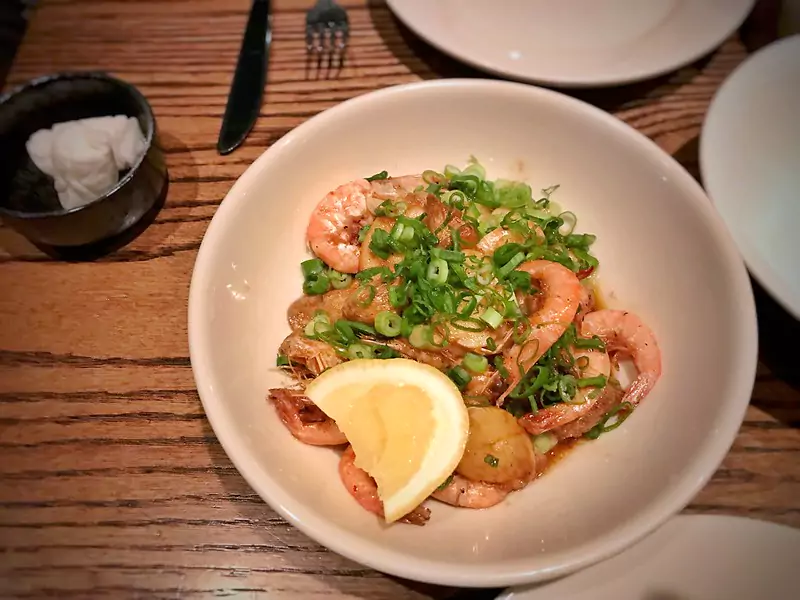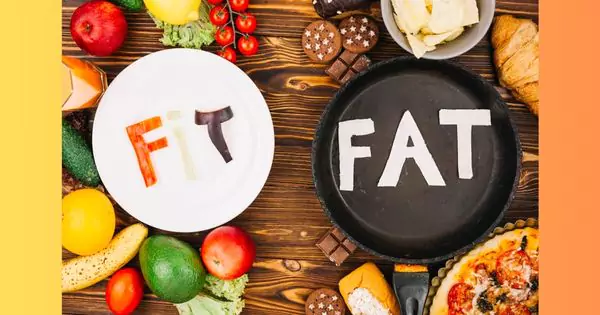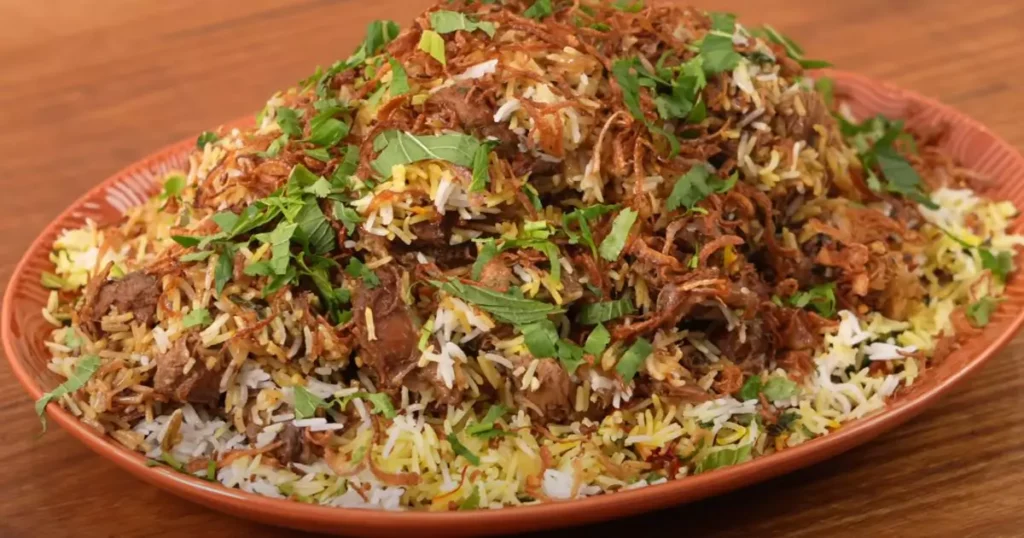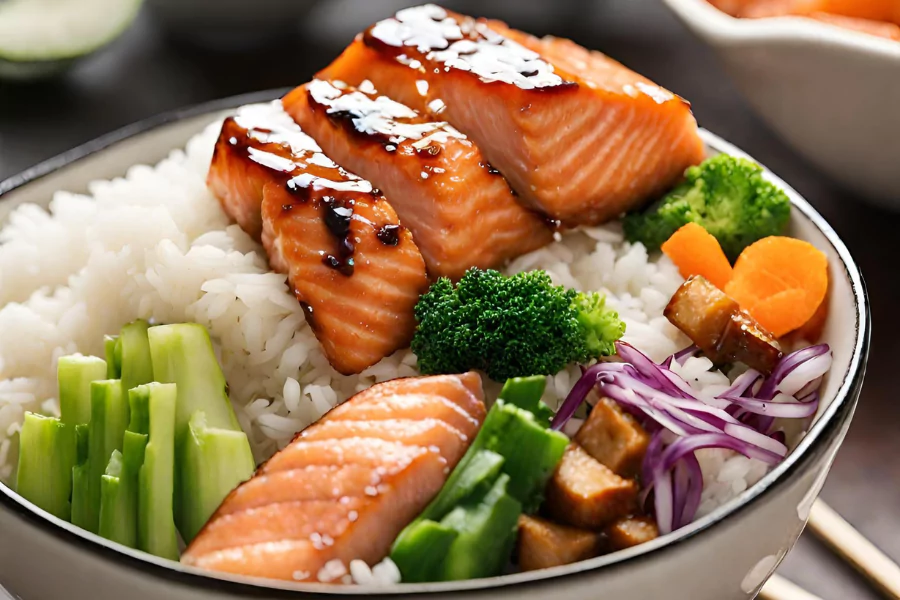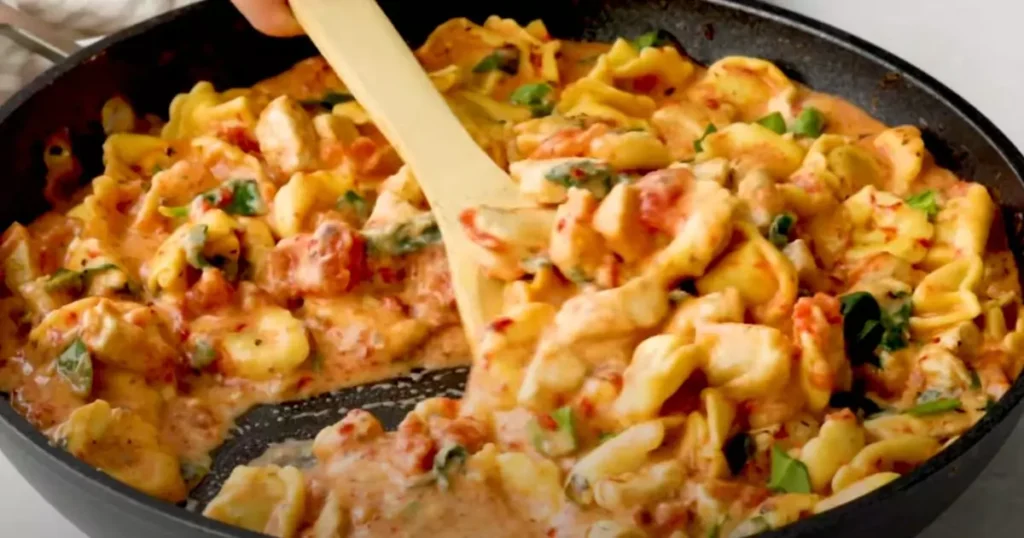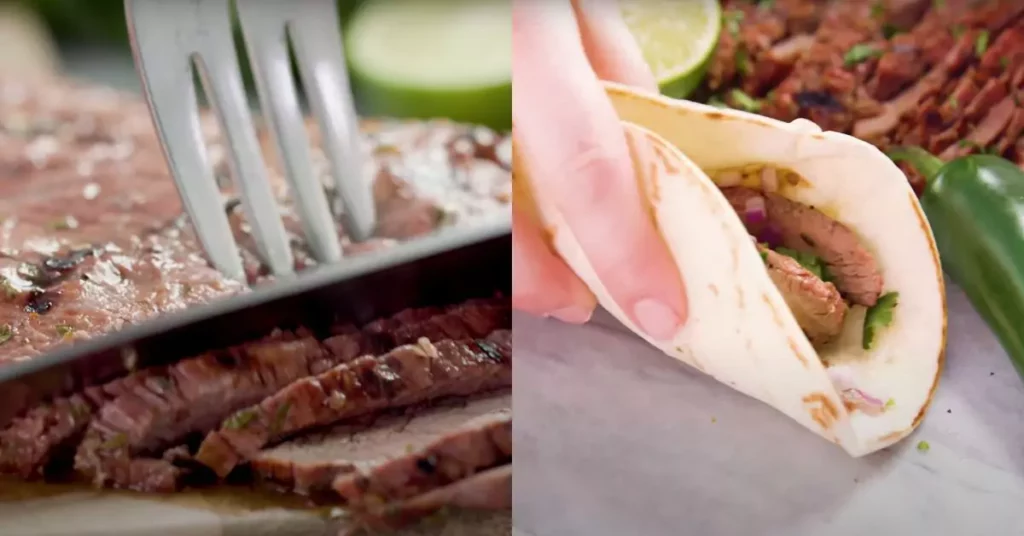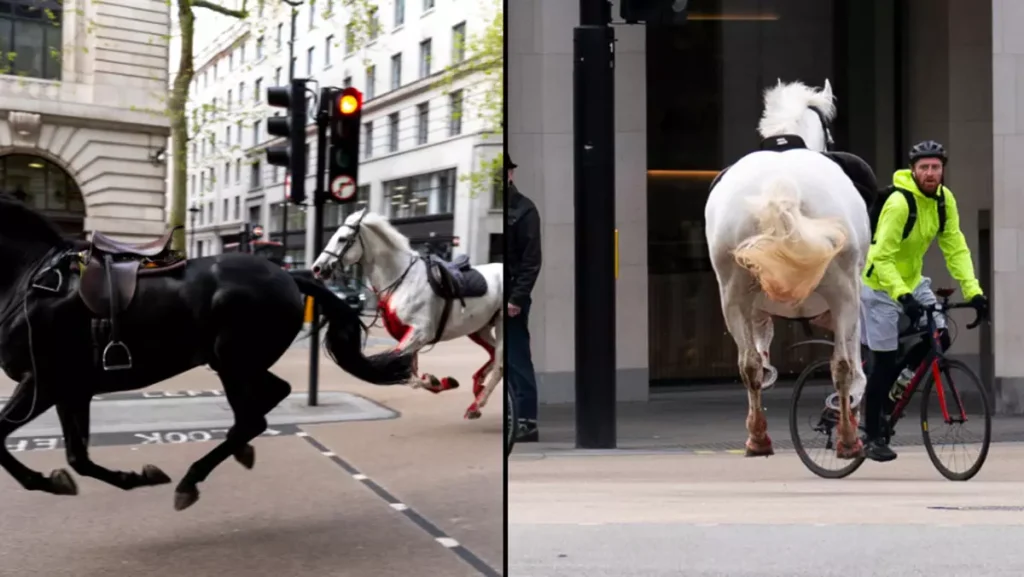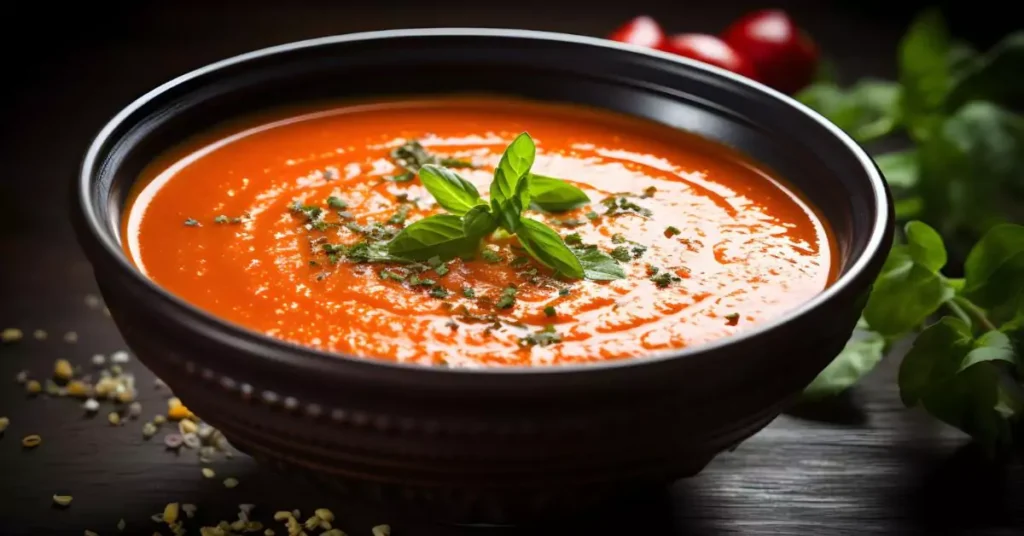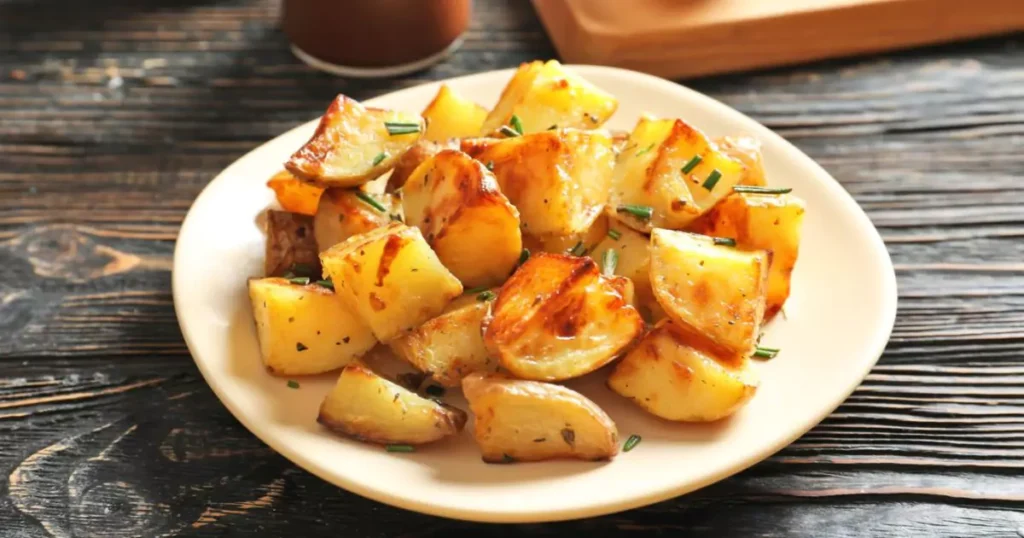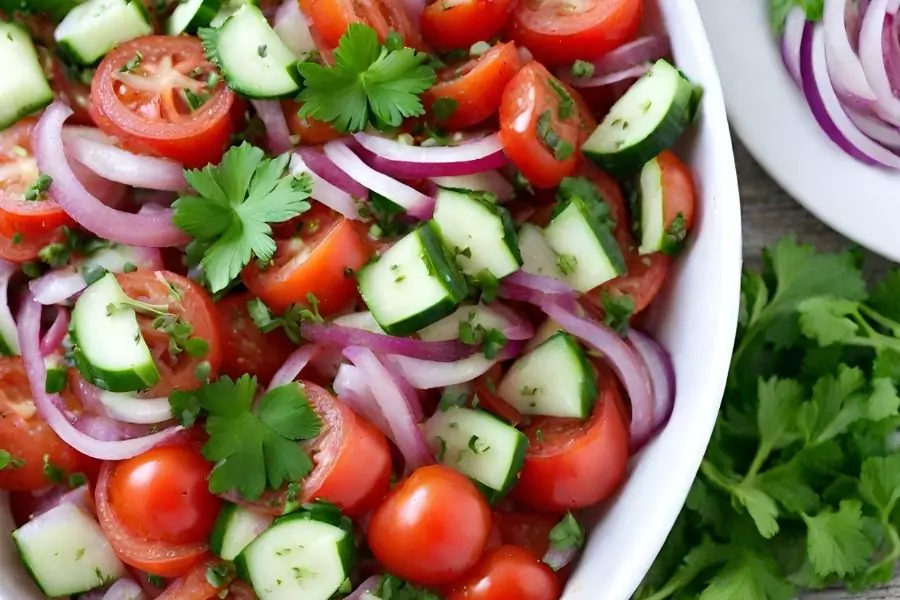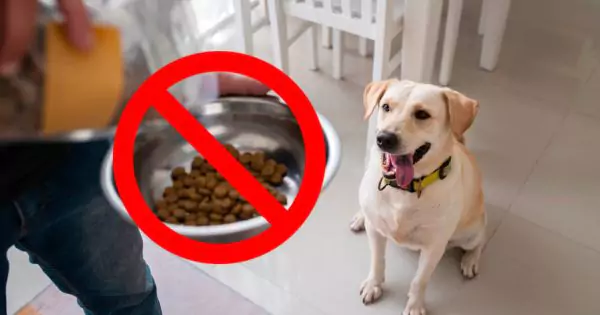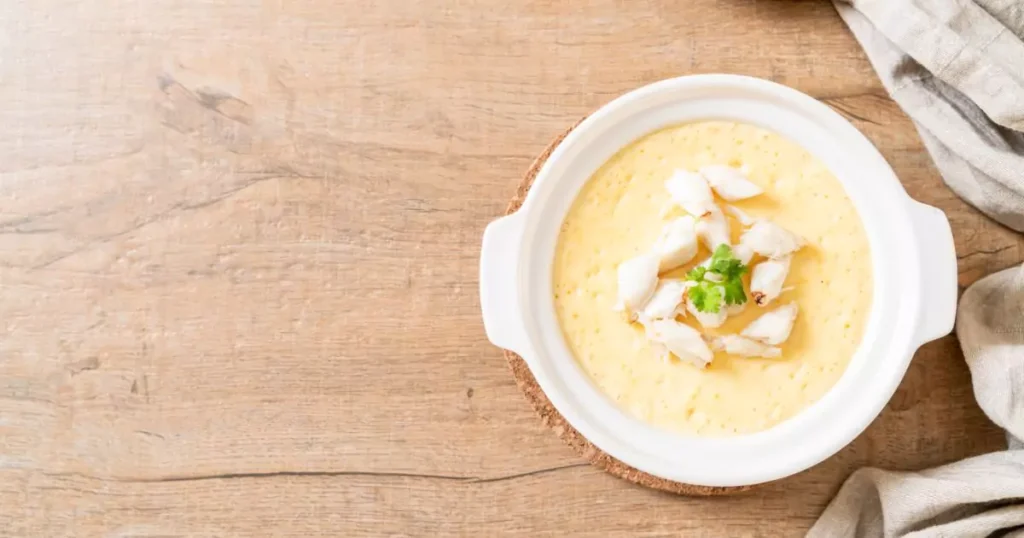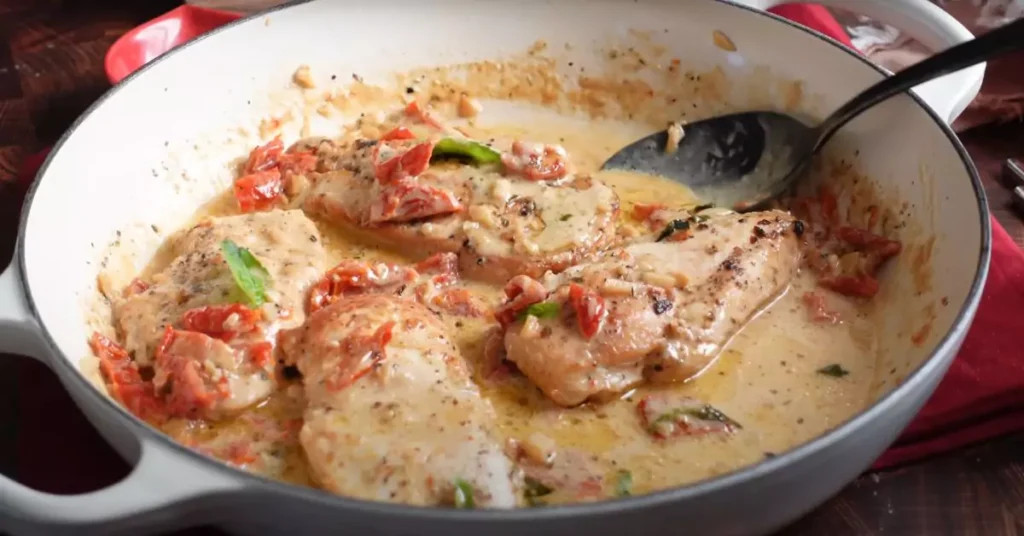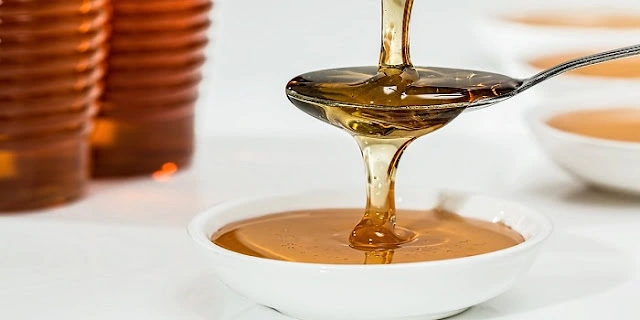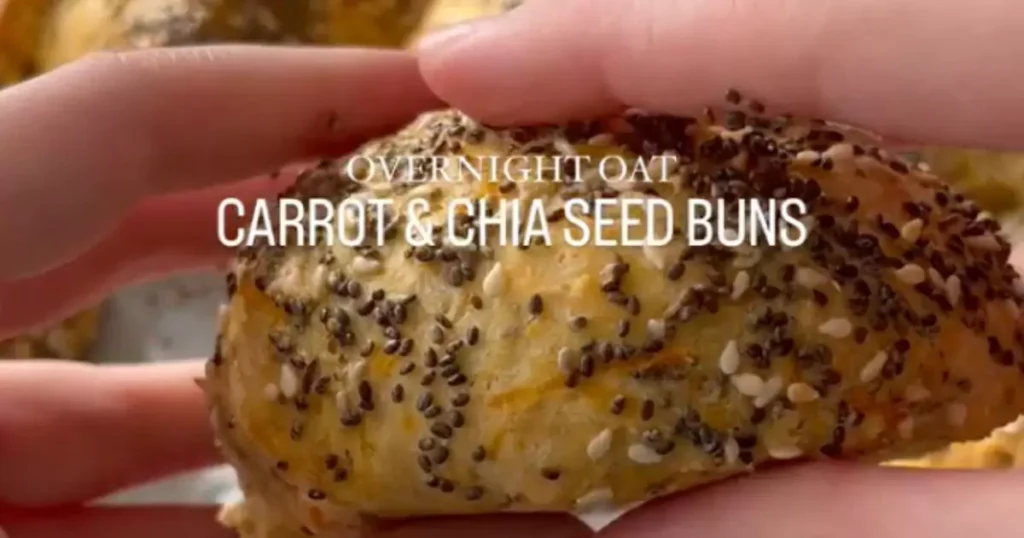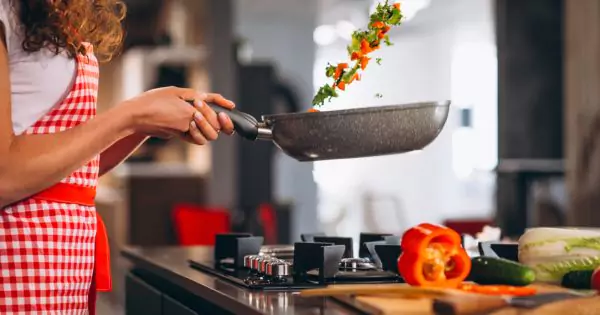
Slow cookers are perfect for creating delicious, healthy meals with minimal effort. When you use ingredients that fight inflammation, these meals become even better for your health. These four recipes are not just easy to make but also help reduce inflammation in your body. This means you can enjoy tasty food while working towards a healthier you.
Health Benefits of These Recipes
These meals are not just about great taste. They can help improve your heart health, aid digestion, and boost your immune system. Regularly eating these dishes as part of a balanced diet can lead to a healthier body and reduce the risk of chronic illnesses.
Remember, a good diet is the key to staying healthy, and these slow cooker recipes make it easier and tastier to eat well. Enjoy these meals throughout the week for a flavorful journey to better health.
1. Turmeric Chicken Stew

This dish is not just tasty; it’s also full of health benefits. Turmeric, the main spice used, is known for reducing inflammation. It’s mixed with chicken and vegetables, making a flavorful and health-boosting meal.
Ingredients:
- 1 lb chicken breasts or thighs, cut into chunks
- 2 cups chopped vegetables (carrots, celery, and bell peppers)
- 1 large onion, diced
- 3 cloves garlic, minced
- 2 tablespoons grated fresh ginger
- 1 tablespoon turmeric powder
- 1 teaspoon cumin powder
- 1 teaspoon coriander powder
- 4 cups chicken broth
- Salt and pepper to taste
- Fresh parsley or cilantro for garnish
Instructions:
- Place the chicken pieces at the bottom of the slow cooker.
- Add the chopped vegetables, onion, garlic, and ginger on top of the chicken.
- Sprinkle the turmeric, cumin, and coriander powders over the ingredients.
- Pour the chicken broth into the slow cooker, ensuring the ingredients are submerged.
- Season with salt and pepper.
- Cover and cook on low for 6-8 hours, or on high for 3-4 hours, until the chicken is tender and cooked through.
- Before serving, adjust the seasoning if needed.
- Garnish with fresh parsley or cilantro.
2. Ginger Garlic Salmon

This recipe combines the flavors of ginger and garlic with salmon, a fish good for your heart. The ginger and garlic add to the taste and offer their anti-inflammatory properties.
Ingredients:
- 4 salmon fillets
- 2 tablespoons minced ginger
- 4 cloves garlic, minced
- 2 tablespoons soy sauce
- 2 tablespoons honey
- Juice of 1 lemon
- Salt and pepper to taste
- Green onions and sesame seeds for garnish
Instructions:
- Place the salmon fillets in the slow cooker.
- In a small bowl, mix together the ginger, garlic, soy sauce, honey, and lemon juice.
- Pour the mixture over the salmon.
- Season the salmon with salt and pepper.
- Cover and cook on low for 1.5-2 hours, or until the salmon is cooked through and flaky.
- Garnish with green onions and sesame seeds before serving.
3. Quinoa and Vegetable Curry
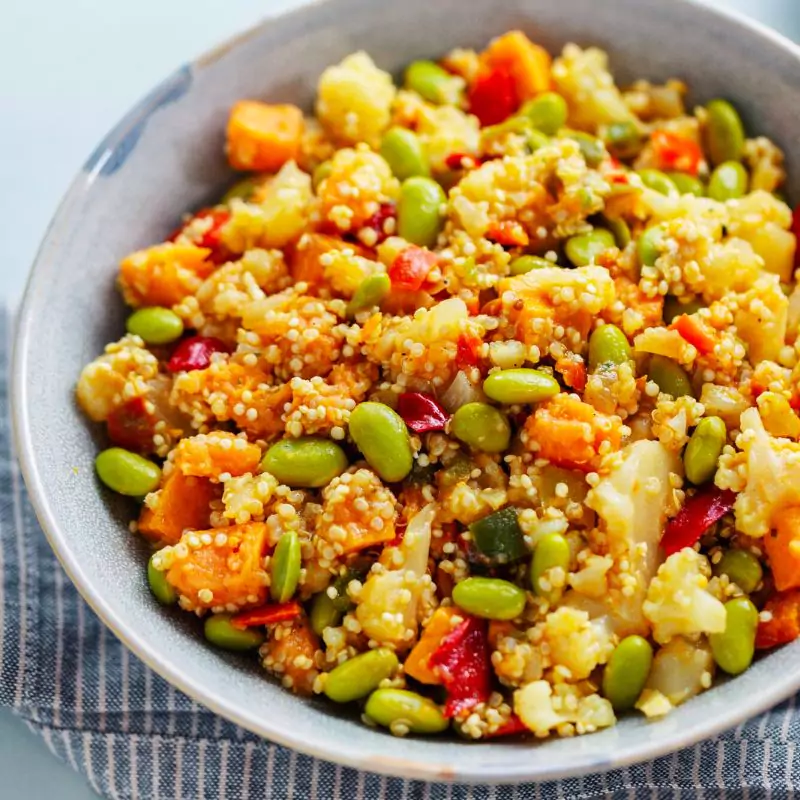
This dish is a mix of quinoa, a healthy grain, and various vegetables. The curry spices, including turmeric and ginger, are great for reducing inflammation.
Ingredients:
- 1 cup quinoa, rinsed
- 2 cups mixed vegetables (such as cauliflower, green peas, and bell peppers)
- 1 large onion, diced
- 2 cloves garlic, minced
- 1 tablespoon grated ginger
- 1 tablespoon turmeric powder
- 1 teaspoon cumin powder
- 1 can coconut milk
- 2 cups vegetable broth
- Salt and pepper to taste
- Fresh cilantro for garnish
Instructions:
- Place the quinoa and chopped vegetables in the slow cooker.
- Add the onion, garlic, and ginger.
- Sprinkle the turmeric and cumin powders over the ingredients.
- Pour in the coconut milk and vegetable broth.
- Season with salt and pepper.
- Stir to combine everything.
- Cover and cook on low for 4-6 hours, or on high for 2-3 hours.
- Adjust seasoning if needed before serving.
- Garnish with fresh cilantro.
4. Lentil and Kale Soup
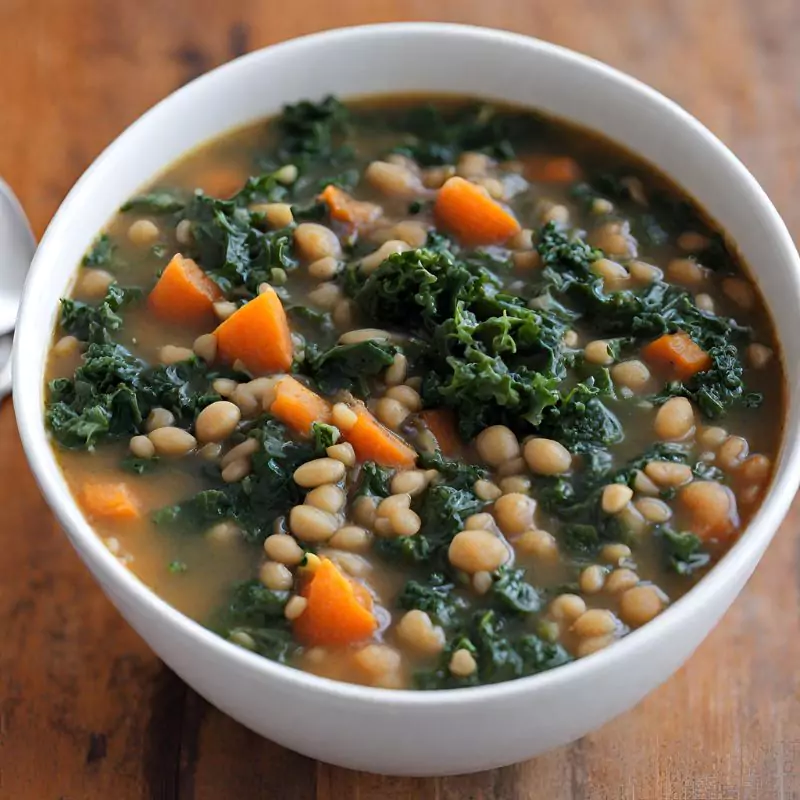
A comforting soup that’s great for your health. Lentils and kale provide protein and fiber, and the soup is seasoned with anti-inflammatory spices.
Ingredients:
- 1 cup lentils, rinsed
- 2 cups chopped kale
- 1 large onion, diced
- 3 cloves garlic, minced
- 1 tablespoon turmeric powder
- 1 teaspoon smoked paprika
- 4 cups vegetable broth
- Salt and pepper to taste
- Lemon wedges for serving
Instructions:
- Place the lentils, kale, onion, and garlic in the slow cooker.
- Add the turmeric and smoked paprika.
- Pour in the vegetable broth.
- Season with salt and pepper.
- Stir to mix the ingredients well.
- Cover and cook on low for 6-8 hours, or on high for 3-4 hours, until the lentils are tender.
- Adjust seasoning if necessary before serving.
- Serve with a squeeze of lemon juice.
| Recipe | Ingredients | Instructions |
|---|---|---|
| Turmeric Chicken Stew | – Chicken (breasts/thighs) – Vegetables (carrots, celery, bell peppers) – Onion – Garlic – Ginger – Turmeric, cumin, coriander powder – Chicken broth – Salt, pepper – Parsley/cilantro | 1. Layer chicken and vegetables in slow cooker. 2. Add spices, garlic, ginger. 3. Pour broth. 4. Cook on low (6-8 hrs) or high (3-4 hrs). 5. Season and garnish. |
| Ginger Garlic Salmon | – Salmon fillets – Ginger – Garlic – Soy sauce – Honey – Lemon – Salt, pepper – Green onions, sesame seeds | 1. Place salmon in cooker. 2. Mix ginger, garlic, soy sauce, honey, lemon juice; pour over salmon. 3. Cook on low for 1.5-2 hrs. 4. Garnish with onions, sesame seeds. |
| Quinoa and Vegetable Curry | – Quinoa – Mixed vegetables – Onion – Garlic – Ginger – Turmeric, cumin powder – Coconut milk – Vegetable broth – Salt, pepper – Cilantro | 1. Combine quinoa, vegetables, and spices in a cooker. 2. Add coconut milk, broth. 3. Cook on low (4-6 hrs) or high (2-3 hrs). 4. Season and garnish with cilantro. |
| Lentil and Kale Soup | – Lentils – Kale – Onion – Garlic – Turmeric, smoked paprika – Vegetable broth – Salt, pepper – Lemon wedges | 1. Combine quinoa, vegetables, and spices in cooker. 2. Add coconut milk, broth. 3. Cook on low (4-6 hrs) or high (2-3 hrs). 4. Season and garnish with cilantro. |
How To Store Them:
Storing food correctly is essential for maintaining its freshness, flavor, and nutritional value. Here are detailed storage ideas for the four slow cooker meals:
1. Turmeric Chicken Stew
Refrigeration:
- Cooling: Let the stew cool to room temperature before refrigerating.
- Container: Transfer the stew into airtight containers. Glass containers are preferable as they don’t absorb flavors or colors from the turmeric.
- Duration: Store in the refrigerator for up to 3-4 days.
Freezing:
- Preparation: Portion the stew into individual servings for easy thawing.
- Container: Use freezer-safe bags or containers. Remove as much air as possible to prevent freezer burn.
- Duration: Can be frozen for up to 2-3 months.
- Thawing and Reheating: Thaw in the refrigerator overnight. Reheat on the stove or in a microwave, stirring occasionally.
2. Ginger Garlic Salmon
Refrigeration:
- Cooling: Allow the salmon to cool down before refrigerating.
- Container: Store in an airtight container, preferably shallow to avoid squishing the fish.
- Duration: Refrigerate for up to 2 days.
Freezing:
- Preparation: If freezing, it’s best to do so immediately after cooking.
- Container: Wrap the salmon tightly in plastic wrap, then place in a freezer bag.
- Duration: Can be kept frozen for up to 1 month for optimal quality.
- Thawing and Reheating: Thaw in the refrigerator. Reheat gently to avoid drying out the fish.
3. Quinoa and Vegetable Curry
Refrigeration:
- Cooling: Allow the curry to reach room temperature.
- Container: Use airtight containers. Separate the quinoa from the curry if possible to avoid it becoming too soggy.
- Duration: Store in the refrigerator for up to 5 days.
Freezing:
- Preparation: Freeze the curry and quinoa separately if possible.
- Container: Use freezer bags or containers, removing excess air.
- Duration: Can be frozen for up to 2 months.
- Thawing and Reheating: Thaw overnight in the refrigerator. Reheat on the stove or in the microwave, adding a bit of water if the curry seems dry.
4. Lentil and Kale Soup
Refrigeration:
- Cooling: Cool to room temperature.
- Container: Store in airtight containers.
- Duration: Refrigerate for up to 4-5 days.
Freezing:
- Preparation: Portion into servings if desired.
- Container: Use freezer-safe bags or containers.
- Duration: Can be frozen for up to 2-3 months.
- Thawing and Reheating: Thaw in the refrigerator or use the microwave’s defrost setting. Reheat on the stove or in a microwave, stirring occasionally.
General Storage Tips:
- Label and Date: Always label your containers with the contents and the date of storage.
- Avoid Cross-Contamination: Store meats and vegetables separately to prevent cross-contamination.
- Check Regularly: Regularly check your refrigerator and freezer for any signs of spoilage.
- Refrigerator Temperature: Keep your refrigerator temperature below 40°F (4°C) and your freezer at 0°F (-18°C) for optimal food preservation.
Precautions While Cooking And Eating:
When cooking and eating, especially with slow cooker meals, it’s important to follow certain precautions to ensure safety and health. Here are some key guidelines:
Precautions While Cooking
- Cleanliness: Always start with clean hands, utensils, and cooking surfaces. This helps prevent the spread of bacteria.
- Ingredient Inspection: Check the freshness of all ingredients before use. Discard anything that looks or smells spoiled.
- Temperature Management: For slow cookers, ensure they reach a safe temperature to kill harmful bacteria. Most slow cookers should reach at least 140°F (60°C) within four hours.
- Avoid Cross-Contamination: Use separate cutting boards and knives for raw meats and vegetables. This prevents the spread of bacteria from raw to cooked foods.
- Thorough Cooking: Make sure meats, especially poultry, are cooked to a safe internal temperature. Use a food thermometer: chicken should reach 165°F (74°C), and beef, pork, and lamb should be cooked to at least 145°F (63°C).
- Handling Spices: Be cautious with spices like turmeric or red pepper, which can stain surfaces or cause discomfort if they come in contact with eyes or sensitive skin.
- Allergen Awareness: Be aware of any food allergies or sensitivities, both for yourself and anyone else who will be eating the food.
Precautions While Eating
- Temperature Check: Ensure food is not too hot when consuming, especially liquids, to prevent burns.
- Portion Control: Eat reasonable portions to avoid overeating, which can lead to discomfort and health issues.
- Chewing Properly: Chew your food thoroughly to aid in digestion and to prevent choking.
- Allergic Reactions: Be vigilant for any signs of an allergic reaction, especially when trying new foods or ingredients.
- Leftovers: Be cautious with leftovers. Reheat to the right temperature (at least 165°F or 74°C) and avoid eating anything that has been stored for too long or smells off.
- Hydration: Drink plenty of water, especially when consuming meals with high fiber content like lentils or quinoa.
- Mindful Eating: Pay attention to what and how you eat. Eating slowly and without distractions can aid digestion and enhance the enjoyment of your meal.
- Moderation with Spices: Some spices or ingredients can be irritating if consumed in large quantities, so use moderation, especially with strong spices or acidic ingredients like lemon.
Following these precautions can enhance the safety and enjoyment of your cooking and eating experiences, especially with slow-cooked meals that require specific attention to detail for both taste and safety.


